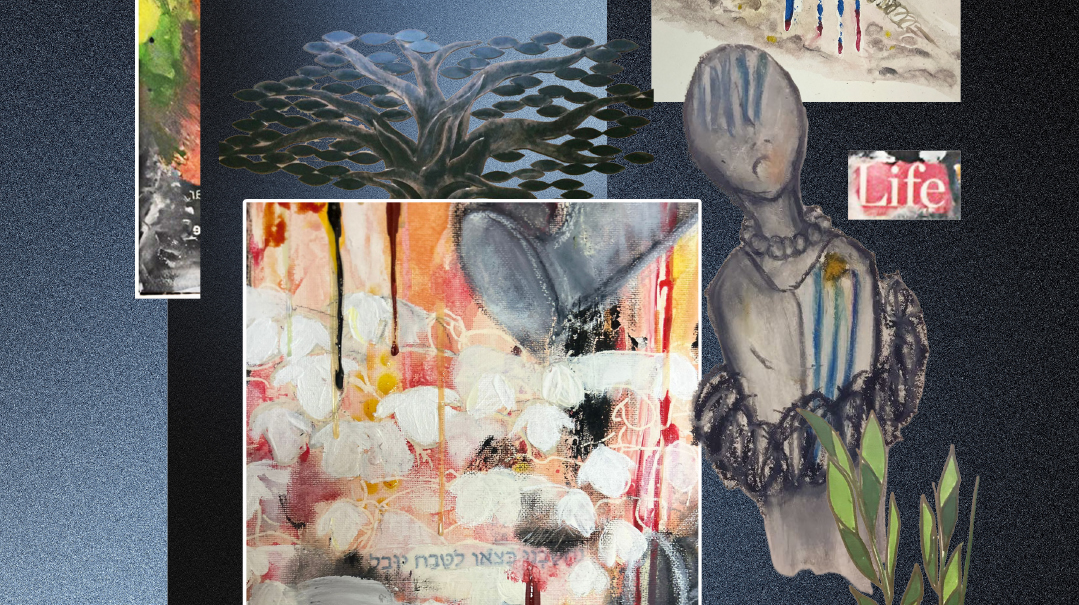On Your Mark with Allison Josephs

Too many people never saw Torah’s beauty. Allison Josephs helps them discover it

Meet
Allison Josephs launched Jew in the City and its initiative, Project Makom, an outreach organization that works to reverse negative associations of frum Jews.

More than gefilte fish
I was raised as a proud secular Jew. I didn’t know any frum Jews personally; all I knew about them were the rumors that swirled around society and what I saw in the headlines or on TV. I thought frum Jews were backward — misogynistic, fanatic, stuck in the past. I was proud to be part of Klal Yisrael but thought that observant Jews took it too far.
When I was eight, there was a kid in my school who was murdered by her father — the man went crazy and killed himself and his two children. My parents had raised my two sisters and me in a very happy home with lots of privileges. But when this triple murder occurred, I realized that nothing I’m doing matters, everything will be gone one day. What was the point of it all?
So there I was, eight years old, launched into an existential crisis. I had no idea there was any wisdom in my heritage — all I knew about was Jewish humor and gefilte fish. I knew there had to be some purpose in life, but had no idea what it was.
My parent told us that if we dated a non-Jew they’d sit shivah, but we’d eat bacon cheeseburgers. We had to marry a Jew because of the Holocaust, the pogroms… and if my mother got on a roll, she’d mention the Inquisition too. We knew the Jewish people had to go on. But we didn’t know why.
When my parents sent me to Hebrew high school, I was expecting my Orthodox teacher to be backward. But instead he was normal and relatable. He had access to a Judaism that made life rich and meaningful. I was the one missing something. I slowly started becoming religious. Everyone who saw me worried I was getting sucked into a cult. My mother, who had a frum bubbe and zeide, had some positive associations, but my father was trying to stop me. I started keeping Shabbos, I would tape the fridge light, he would untape it — this is my fridge.
I challenged my father to study Torah so he could learn enough to persuade me to drop it; he was close to 50! After about a year he came to me and said, “You were right, I was wrong.” Then he, my mother, and sisters all became observant.
Orthodoxy’s PR problem
After I got married, I started working in kiruv full time. A kiruv rabbi saw a posting on Craigslist: a Spanish journalist was seeking Orthodox women to interview. He told me to reach out. She came over the next day.
Everything she’d assumed an Orthodox Jew would be, I was the opposite: She was expecting dirty, frumpy, and outdated. I told my husband, “This is the missing link in the kiruv world. People have such wrong ideas about Orthodoxy.”
Oops! We could not locate your form.













